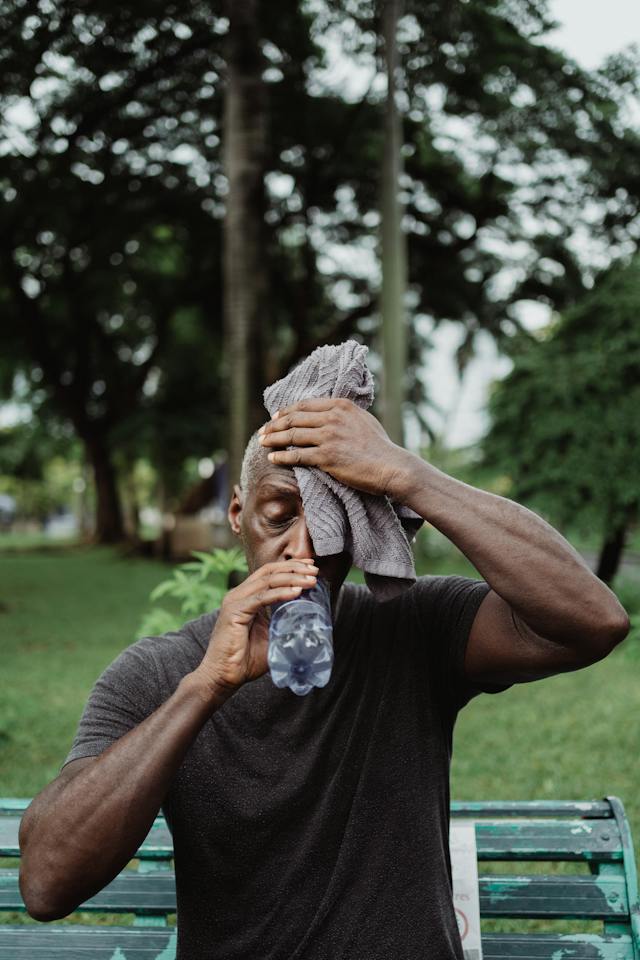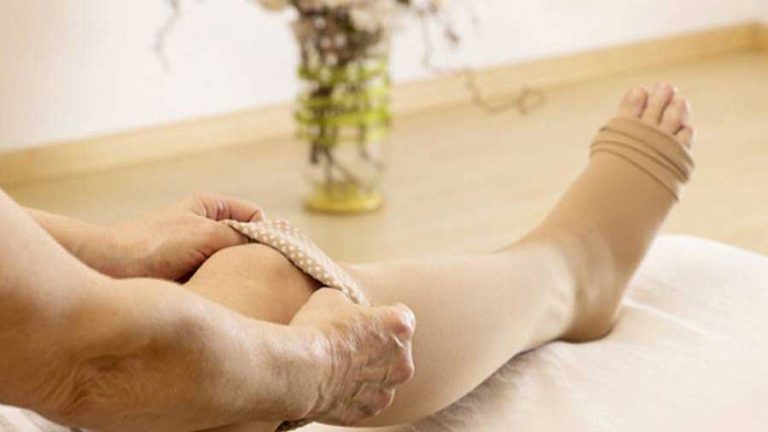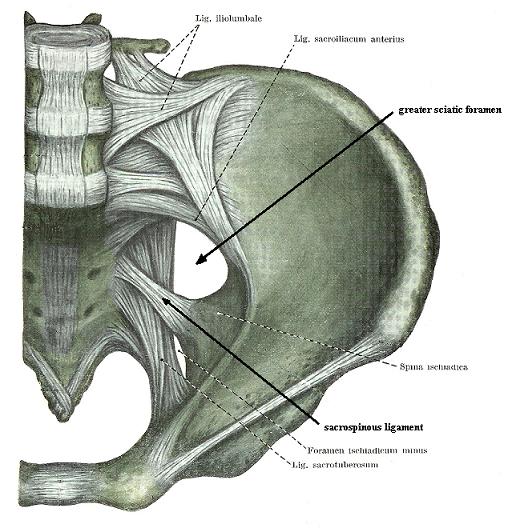Can Golf Cause Sciatica
Yes, golf can cause sciatica. Certain movements in golf can strain the lower back, leading to sciatica symptoms.
Introduction
Sciatica, characterized by pain radiating along the sciatic nerve, can be debilitating. Many patients wonder, “Can golf cause sciatica?” The short answer is yes. Golf involves repetitive motions and torsional stress on the spine, which can exacerbate or even trigger sciatica. In this article, we will explore how golf can cause sciatica, examine scientific evidence, present statistics, and offer guidance for sciatica patients.
Can Golf Cause Sciatica? A Scientific Perspective
The Mechanics of Golf and Sciatica
Golf involves repetitive twisting, bending, and swinging. These movements place significant stress on the lower back and spine.
Research Findings
Studies indicate a link between golf and lower back pain, including sciatica. Research by Lindsay and Vandervoort (2014) found that 60% of amateur golfers experience lower back pain at some point.
Statistics on Golf and Lower Back Pain
According to the National Golf Foundation, about 30 million people in the U.S. play golf. Among these, approximately 1 in 5 golfers suffer from lower back pain, a potential precursor to sciatica.
Factors That Contribute to Sciatica in Golfers
Poor Swing Mechanics
Incorrect swing mechanics can strain the lower back. An improper swing can lead to uneven pressure on the spine, causing disc herniation or muscle strain.
Overuse and Repetitive Motion
Repeatedly swinging a golf club can lead to overuse injuries. This repetitive motion can inflame or compress the sciatic nerve.
Inadequate Warm-Up
Failing to warm up properly before playing increases the risk of injury. Stretching and light exercises are crucial to prepare the muscles and spine.
Age and Physical Condition
Older golfers and those with pre-existing back issues are more susceptible to sciatica. Maintaining physical fitness can help mitigate these risks.
Prevention and Management of Golf-Induced Sciatica
Proper Technique and Training
Learning the correct swing technique is crucial. Working with a golf coach or physical therapist can prevent improper movements that strain the back.
Regular Exercise and Stretching
Strengthening the core muscles and stretching the lower back can prevent sciatica. Exercises like planks, bridges, and yoga are beneficial.


Equipment Adjustments
Using equipment suited to your body can reduce strain. Custom-fitted clubs and proper footwear can improve posture and reduce back stress.
Pain Management Strategies
For those already suffering from sciatica, managing pain is essential. Rest, ice, and over-the-counter pain relievers can provide temporary relief.
Treatment Options for Sciatica
Physical Therapy
Physical therapy focuses on strengthening and stretching exercises. Therapists design specific programs to alleviate sciatica pain.
Medications
Anti-inflammatory drugs and muscle relaxants can reduce pain and inflammation. In severe cases, corticosteroid injections may be prescribed.
Surgical Options
Surgery is considered a last resort. Procedures like microdiscectomy or laminectomy can relieve nerve compression when conservative treatments fail.
Alternative Therapies
Acupuncture, chiropractic care, and massage therapy are popular alternatives. These treatments can provide relief by reducing muscle tension and improving circulation.
How medcareline.com Can Help Sciatica Patients
At medcareline.com, we provide comprehensive information on managing sciatica. Our posts cover prevention strategies, treatment options, and expert advice. We aim to empower patients with knowledge to manage their condition effectively.
Conclusion
Key Takeaways
Golf can indeed cause sciatica due to the repetitive and strenuous nature of the sport. Proper techniques, regular exercise, and appropriate equipment can mitigate the risks.
Staying Informed
Educating yourself about sciatica and its triggers is crucial. Resources like medcareline.com offer valuable insights and guidance for managing this condition.
Seeking Professional Help
If you experience symptoms of sciatica, consult a healthcare professional. Early intervention can prevent further complications and improve your quality of life.
References
- Lindsay, D. M., & Vandervoort, A. A. (2014). Golf-related lower back injuries: Incidence, mechanisms, and risk factors. Sports Medicine, 44(1), 45-60.
- National Golf Foundation. (2023). Golf industry report: Golf participation and injury statistics. Retrieved from www.ngf.org
- Mayo Clinic. (2023). Sciatica: Symptoms and causes. Retrieved from www.mayoclinic.org
- American Academy of Orthopaedic Surgeons. (2023). Sciatica. Retrieved from www.aaos.org
By understanding the connection between golf and sciatica, patients can take proactive steps to enjoy the sport without compromising their health.







